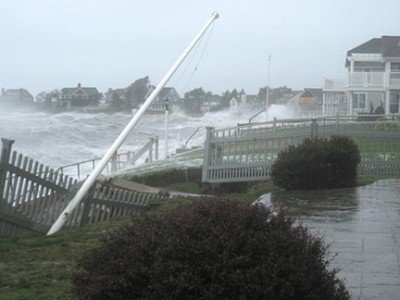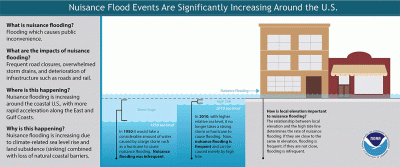 Coastal Flooding & Waves
Coastal Flooding & Waves
Coastal Flooding and Waves Overview
CIRCA works to enhance coastal resilience to coastal flooding in Connecticut. Coastal flooding is caused by waves, storm surge, and high tide, particularly with increased sea levels. In coastal areas where there are also rivers, rainfall contributes to coastal flooding as well.
Impacts of Extreme Weather and Climate Change on Coastal Flooding
Coastal flooding occurs during hurricanes and less intense storm events, i.e. tropical storms or nor’easters, due to waves, storm surge, and rainfall. As the sea levels rise, the frequency of coastal flooding during all storms will increase as well as the total flooded area at high tide. Flooding that occurs during small storms or at high tide is often referred to as “nuisance flooding.” As sea levels rise, the frequency of nuisance flooding will also increase.
CIRCA and Coastal Flooding
CIRCA’s research projects investigate the particular impacts of coastal flooding on Connecticut’s shoreline. The general projections of the impacts of extreme weather and climate change above do not account for how those trends will play out at the municipal scale in Connecticut. The varied features of Connecticut’s coastline, its marshes, small beaches, and rocky headlands, determine how and where flooding will occur. CIRCA’s research incorporates these coastal features as well as the unique ocean dynamics of Long Island Sound to determine wave height and force, projected storm surges, the frequency of flooding due to those storms, and sea level rise.
Overview of Projects
The attached list of projects includes all Coastal Flooding and Waves projects UCONN CIRCA has participated in or funded.
References
- U.S. Department of Commerce. National Oceanic and Atmospheric Administration. Sea Level Rise and Nuisance Flood Frequency Changes around the United States, by William Sweet et al., Technical Report NOS CO-OPS 073, NOAA. Silver Spring, MD, 2014.
- U.S. Global Change Research Program. 3rd National Climate Assessment. Washington, DC, US 2014.

